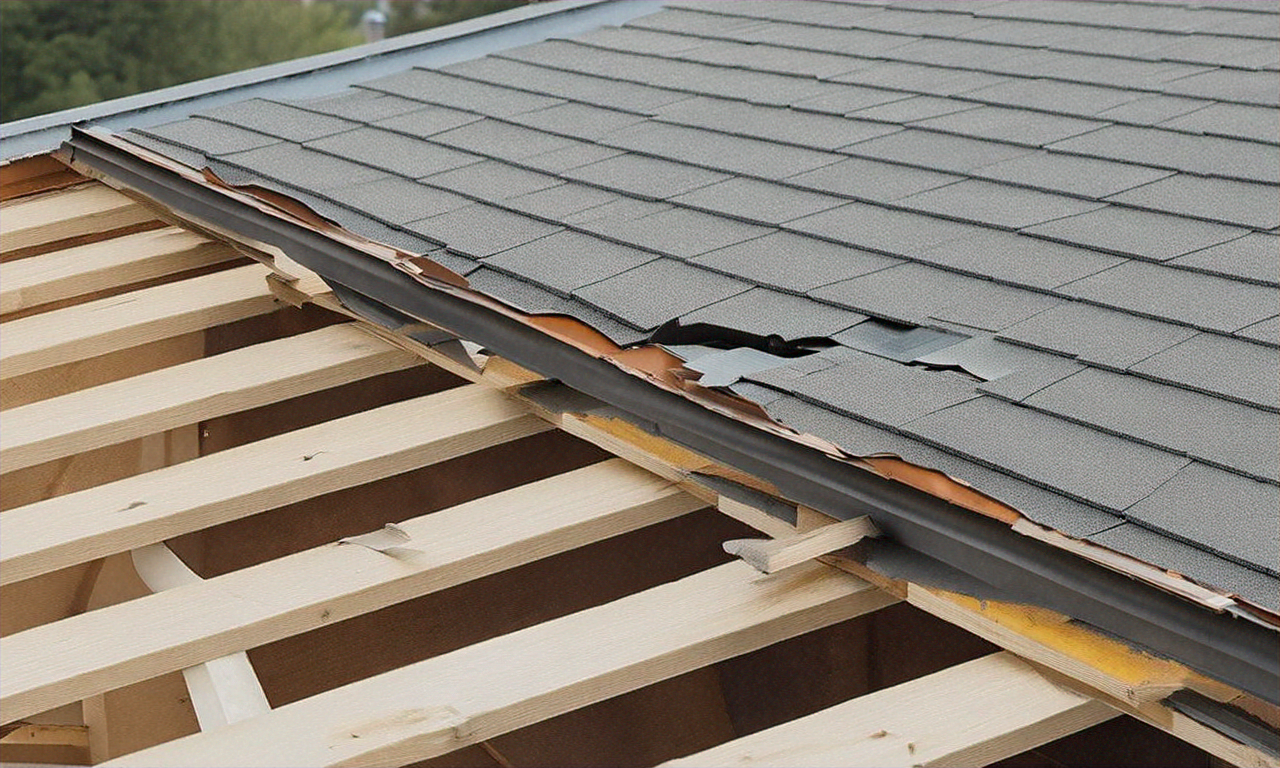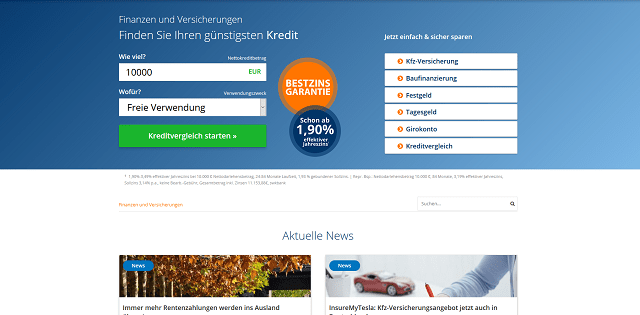Uncovering Unsold Roofing Installations Across the U.S. – A Guide to Hidden Savings
Explore how you can take advantage of unused or unscheduled roofing projects in your area. From high-quality shingles to complete roof replacements, this guide reveals where savings opportunities may be hiding. Learn what factors impact pricing, how to qualify for available deals, and what to expect during installation.

Hidden Roofing Incentives Homeowners Might Not Know About
Many homeowners are unaware that roofing contractors and suppliers occasionally have excess inventory from canceled orders, overestimated project needs, or seasonal slowdowns. These materials, often high-quality shingles, tiles, or metal roofing components, may be offered at discounted rates to clear warehouse space. Additionally, federal tax credits for energy-efficient roofing materials, state-level rebate programs, and manufacturer promotions can significantly reduce overall costs. Researching local utility company incentives for reflective or cool roofing systems can also uncover savings that many overlook during the planning phase.
Another lesser-known opportunity involves timing. Roofing contractors typically experience slower periods during late fall and winter in many regions, leading to competitive pricing and flexible scheduling. Homeowners willing to plan installations during off-peak seasons may negotiate better rates and receive more personalized attention from crews. Combining these timing strategies with available incentives creates a pathway to substantial savings without compromising quality or durability.
Why Some Homeowners Are Upgrading Their Roofs This Year
Several factors are driving increased interest in roof upgrades throughout 2025. Aging housing stock across the country means many roofs installed in the early 2000s are reaching the end of their expected lifespan, prompting necessary replacements. Extreme weather events, including severe storms, hail damage, and temperature fluctuations, have accelerated wear on existing roofs, making upgrades both urgent and practical.
Energy efficiency concerns are also motivating homeowners to invest in modern roofing materials. Newer products offer improved insulation, solar reflectivity, and ventilation, which can reduce heating and cooling costs over time. Insurance considerations play a role as well; some policies offer premium discounts for impact-resistant or wind-rated roofing systems, making upgrades financially advantageous beyond the immediate installation. Finally, the resale value boost from a new roof remains a compelling reason for homeowners preparing to sell their properties in competitive markets.
Thinking About a New Roof? Here’s What to Know First
Before committing to a roof replacement, homeowners should conduct a thorough assessment of their current roof’s condition. Professional inspections can identify whether repairs might extend the roof’s life or if full replacement is necessary. Understanding the different roofing materials available, from traditional asphalt shingles to metal, tile, and synthetic options, helps match the choice to climate, budget, and aesthetic preferences.
It is equally important to verify contractor credentials, including licensing, insurance, and references from recent projects. Requesting detailed written estimates from multiple contractors allows for meaningful comparisons and helps identify any unusually high or low bids that warrant further investigation. Homeowners should also inquire about warranties covering both materials and workmanship, as these protections vary significantly among providers and can affect long-term value.
Roofing Upgrades in 2025: A Guide to Making the Right Choice
Selecting the right roofing system involves balancing durability, cost, appearance, and environmental impact. Asphalt shingles remain the most common choice due to affordability and ease of installation, but alternatives like metal roofing offer longer lifespans and superior weather resistance. Tile and slate roofs provide exceptional durability and aesthetic appeal but require structural support due to their weight.
Homeowners should also consider the climate in their region. Areas prone to high winds benefit from roofing materials rated for hurricane or storm conditions, while regions with intense sun exposure should prioritize reflective or cool roofing options to minimize heat absorption. Consulting with local contractors familiar with regional building codes and weather patterns ensures compliance and optimal performance.
Planning a Roof Replacement? Read This First
Proper planning can prevent costly mistakes and delays during roof replacement projects. Establishing a realistic budget that accounts for materials, labor, permits, and potential structural repairs is essential. Homeowners should also prepare for the disruption that comes with roofing work, including noise, debris, and limited access to certain areas of the home.
Timing the project appropriately matters as well. While emergencies require immediate action, planned replacements benefit from scheduling during favorable weather conditions to avoid rain delays and ensure proper material installation. Communicating clearly with contractors about expectations, timelines, and any special requirements helps ensure a smooth process from start to finish.
Understanding Roofing Costs and Provider Options
Roofing costs vary widely based on materials, labor rates, roof size, and regional factors. Asphalt shingle installations typically range from $3.50 to $5.50 per square foot, while metal roofing can cost between $7.00 and $12.00 per square foot. Tile and slate options are generally more expensive, often exceeding $15.00 per square foot due to material costs and specialized installation requirements.
| Roofing Material | Average Cost per Square Foot | Typical Lifespan | Key Benefits |
|---|---|---|---|
| Asphalt Shingles | $3.50 - $5.50 | 15-30 years | Affordable, widely available |
| Metal Roofing | $7.00 - $12.00 | 40-70 years | Durable, energy-efficient |
| Tile Roofing | $10.00 - $18.00 | 50-100 years | Long-lasting, fire-resistant |
| Slate Roofing | $15.00 - $30.00 | 75-150 years | Extremely durable, elegant |
| Synthetic Shingles | $6.00 - $10.00 | 30-50 years | Lightweight, low maintenance |
Prices, rates, or cost estimates mentioned in this article are based on the latest available information but may change over time. Independent research is advised before making financial decisions.
Making Informed Decisions About Your Roofing Project
Homeowners who invest time in research and planning are better positioned to maximize value and avoid common pitfalls. Exploring unsold inventory opportunities, understanding available incentives, and comparing multiple contractor estimates can lead to significant savings without sacrificing quality. Staying informed about material options, regional considerations, and timing strategies ensures that your roofing investment delivers long-term performance and protection. Whether upgrading for energy efficiency, storm resistance, or aesthetic improvement, a well-planned roof replacement enhances both home value and peace of mind.




